
Passion flower and its benefits
A soothing and relaxing plant
Contents
Native to South America, the passion flower is a lush climbing plant with spectacular flowers. Depending on the species, it produces yellow, green, or orange fruits. Already used by the Aztecs in cooking and for treating certain ailments, it was brought to Europe by Spanish conquistadors. It was in the 19th century that its medicinal properties were recognised in the United States, and it entered the French pharmacopoeia in 1937.
Discover the benefits of passion flower and how to use it!
Which passionflower to use in phytotherapy?
While the passionflower comprises over 500 species, it is the Passiflora incarnata that is used as a medicinal plant in pharmacopoeia for its soothing and sedative properties. From June to October, or even November, it produces very decorative light purple flowers and elongated, glossy leaves. It is hardy and can withstand temperatures down to -10°C.
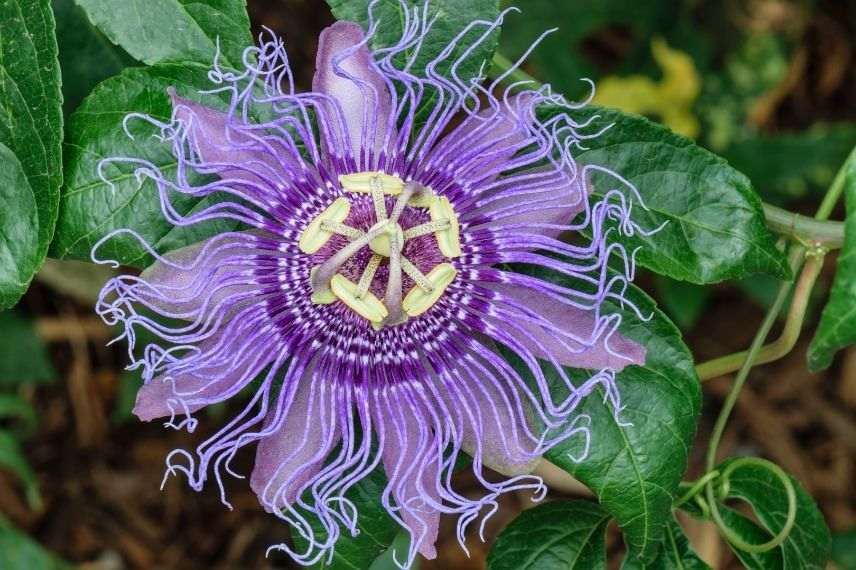
Passiflora incarnata (photo Wikipedia)
What are its benefits?
- Passiflora incarnata is believed to have calming properties against anxiety and insomnia. While the exact mechanism of action is not yet fully understood, scientists think it contains alkaloids, flavonoids, and maltol.
- It is thought to have beneficial effects on anxiety and stress levels, as well as on palpitations and gastrointestinal issues caused by these conditions. It has been used in the context of withdrawal from certain addictions to alcohol and drugs.
- It is believed to have sedative benefits and may help treat sleep disorders.
- It is also thought to have antispasmodic effects and is used to relieve headaches, neuralgia, asthma, and muscle cramps.
Discover other Passionflowers
View all →Available in 0 sizes
Available in 0 sizes
Available in 0 sizes
Available in 0 sizes
Available in 1 sizes
Available in 1 sizes
Available in 1 sizes
Available in 2 sizes
Available in 1 sizes
Available in 2 sizes
How to use passionflower?
Passionflower can be consumed as an herbal tea. Its benefits are found in the aerial parts of the plant. In summer, harvest the leaves and flowers, then dry them to prepare your teas.
Harvesting: when, what, and how?
- Harvest the aerial parts (leaves and flowers) of Passiflora incarnata in summer
- Pick the leaves and flowers before they fully bloom and on dry days
- Choose clean parts and, if necessary, remove dust, damaged parts, or insects.

Leaves of Passiflora incarnata before full bloom, fresh and dried leaves.
Drying
Air drying is the most natural and simplest method.
- Lay the leaves and flowers flat in a thin layer in a container covered with a clean cloth or absorbent paper
- Place the container in a dry, shaded area
- Let them dry for about a week
- The leaves and flowers should be brittle to the touch when fully dry
Storage
- Once the flowers and leaves are completely dry, store them in an airtight glass container in a light-proof location
- You can keep the dried leaves and flowers of Passiflora incarnata for up to 1 year
Preparing the herbal tea
- Infuse the dried leaves and flowers in boiling water for 10 to 15 minutes
- Use 1 teaspoon per 150 ml cup
- Strain and enjoy
- You can consume between 1 to 4 cups per day
- For sleep disturbances, drink a cup of infusion 30 minutes before bedtime
Precautions:
- Be careful not to drink too much herbal tea, especially if you are driving or working, as it may make you drowsy
- Consumption of Passiflora incarnata is not recommended for pregnant women and children
If you wish to try the benefits of another passionflower, taste the orange fruits produced by the Passiflora edulis. In addition to being delicious, they are rich in vitamins A and C. Passiflora edulis produces small fragrant white and purple flowers in June and July, followed by fruit harvesting from August to October.
Discover our complete range of passionflowers.
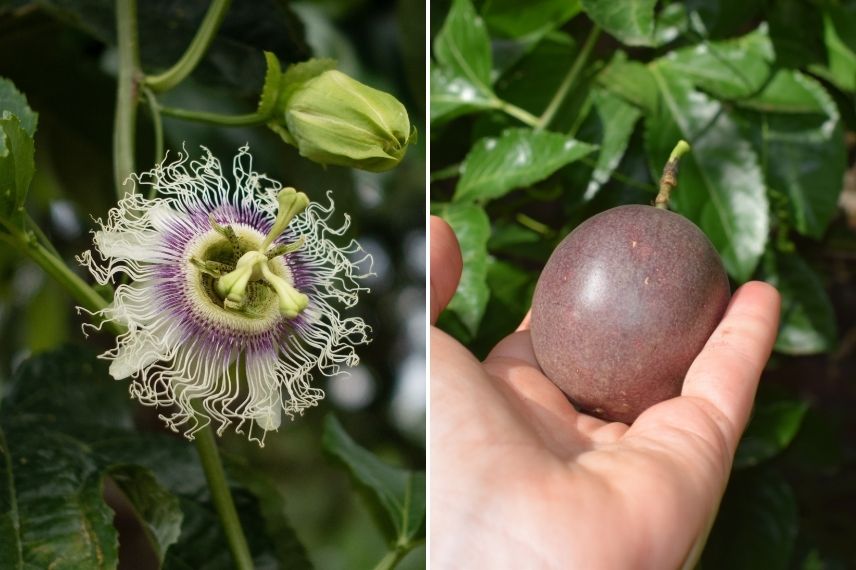 Flower and fruit of Passiflora edulis
Flower and fruit of Passiflora edulis
- Subscribe!
- Contents
































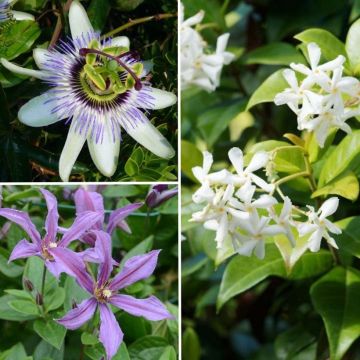

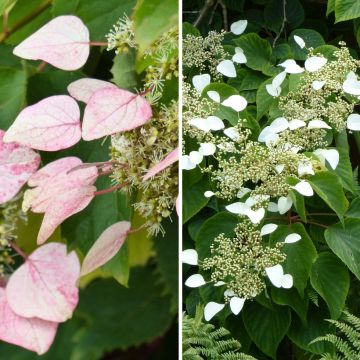
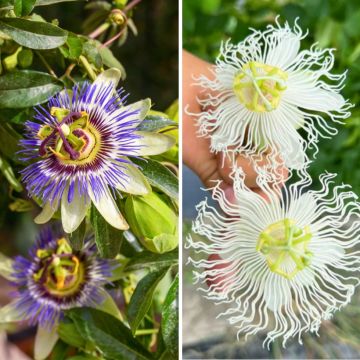

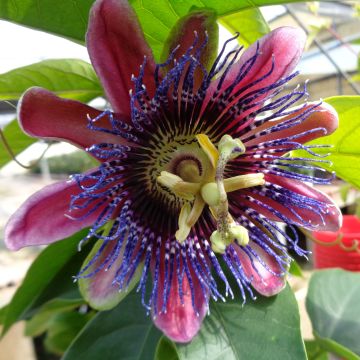

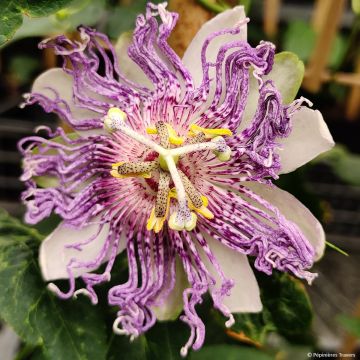
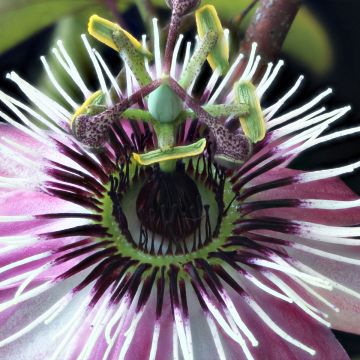

Comments